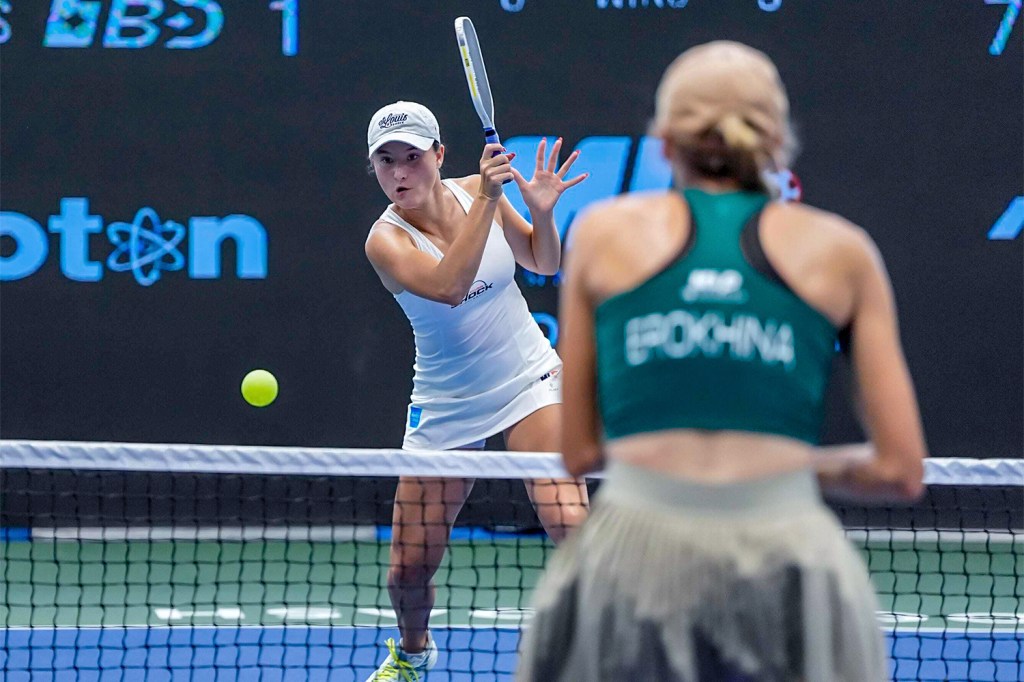Editor’s note: This story has been updated to correct an error related to a statistic from the Aspen Institute.
The coronavirus pandemic has brought youth sports to a screeching halt. Compounded by the cancellation of the annual Little League World Series tournament, the outlook for youth sports in the United States is looking bleak.
One organization that has had to weather the storm is the YMCA, which has often been an outlet for children worldwide. Of the more than 60 million children who participate in youth sports across the U.S., the Y currently serves seven million under the age of 18.
Since mid-March, children worldwide have been forced to social distance and abide by stay-at-home orders. This has contributed to an abrupt stop to something that Shawn Borzelleri deems as imperative to youth development: normalcy.
“I don’t know that all kids necessarily understand that this doesn’t stop,” Borzelleri, the YMCA of the USA’s senior vice president of service delivery, program development, and innovation, said. “When our most vulnerable communities are probably at higher risk of not having an outlet of positive role models, they could have additional post-traumatic stress from some of this because they are used to a routine and activity, and this is part of their norm. We’ve had to figure out how do we, just like every other industry, figure out how to engage with those kids?”
Catering to millions of youth sports players nationwide has led the Y to transition to digital training. In late March, it launched YMCA 360: On-Demand Videos appealing to not only kids but adults as well. The website contains access to workout videos ranging from youth basketball and soccer drills to boot camp and barre sessions. As of June 2, YMCA 360 does not require a membership and is free and accessible to anyone with an internet connection.
Coaches at the Y have also been serving up content for their at-home players. They have been hosting webinars focusing on kids’ mental and physical well-being by offering healthy nutrition advice and mindful-movement exercises.
“Overall, our approach has been to support the family of these kids and ensure that they are not only focused on the sport they were playing but also that we keep them engaged through family-fun activities,” Borzelleri said.
READ MORE: Sidelined Team Mascots Come Together For Kids At School And Home
During the coronavirus pandemic, many sports properties have seen a surge in their virtual training offerings. For Jon Solomon, editorial director of the Aspen Institute’s Sports & Society Program, witnessing the popularity of digital workouts with kids is a sign that they are not just a short-term solution.
“Virtual training apps and platforms have just exploded, and I think that’s going to be something that sticks around now even when we’re back to whatever normal looks like in the future,” he said.
Beyond the many benefits of kids participating in sports, the summer is one of the busiest and most profitable periods for the $19 billion industry. Due to the coronavirus pandemic, the financial benefits that sports bring to the country have not only dwindled professionally but also on an amateur level.
In April alone, the Y lost approximately $400 million in revenue, and is expected to accrue an additional $400 to $500 million in losses in May. If facilities are unable to fully reopen and offer traditional programming and camps this summer, total losses could fall in the $2.5 billion range. As of May 21, 192 cities have begun phased openings of their Y facilities.
To help lower some of the financial hits, YMCA of the USA CEO Kevin Washington recently urged federal lawmakers to provide additional funding for non-profit organizations. He requested $60 billion to help non-benefits, including the Y, where facilities have furloughed between 75% and 95% of their workers.
With summer nearing, Solomon hopes to see a greater emphasis on local-town sports leagues as a cheap, viable alternative to the expensive nature of travel sports. According to the Aspen Institute, travel is now the costliest feature in youth sports, with families spending more on that annually for one child than on equipment, private lessons or registration fees.
While Solomon does not discredit the entirety of travel-sports entities, he does not believe that it provides opportunities for those who cannot afford it. If there will be a demand in youth sports this summer – particularly on a local level – will the product even be there?
READ MORE: Sports Organizations Use Learning Tools To Engage Young Fans
“We think after this is all over that there’s going to be this great demand for youth sports, but the question is going to be what the supply looks like,” Solomon said. “Will some of these travel sports organizations still be around and be an opportunity to fill in the gaps from parks and rec departments, YMCAs, local boys and girls clubs who can provide quality programming? It’s all going to depend on if they’re able to provide that quality programming and if they’re going to be funded.”
Although the future of its business is in question, Borzelleri and the Y have not stopped that from engaging with their local communities. It has worked to provide emergency childcare for its member families. It has been supplying their local community members with food, housing, and shelter. It has even partnered with the American Red Cross to host blood drives.
The holistic approach to countering the coronavirus pandemic’s damaging effects is a testament, according to Borzelleri, to the Y’s interests beyond just sports.
“It’s hard for me to take sports as its own entity,” she said. “When we’re looking at how we’re serving the community or how we’re serving during this crisis, we’re looking at it from the perspective of the overall holistic health of the community. I think that we are clearly impacting the community by providing these opportunities.”
















